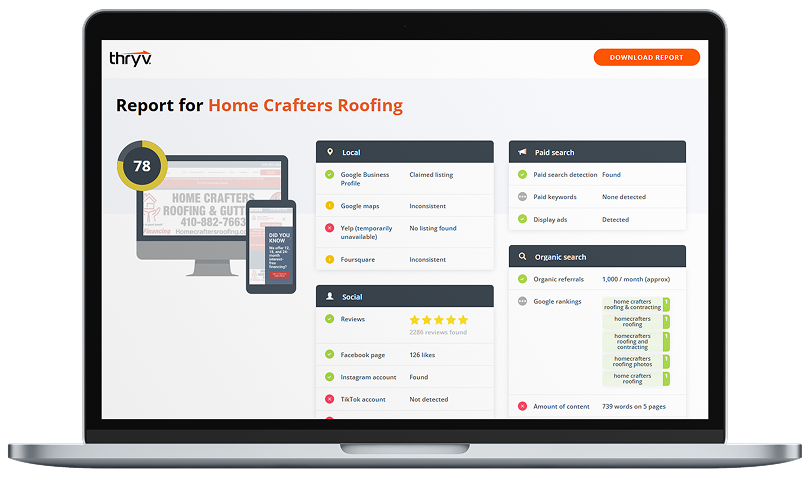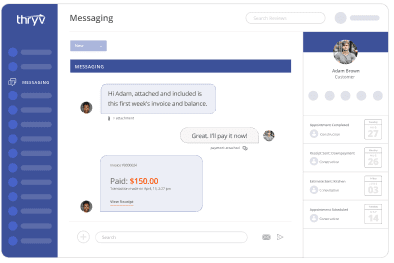Adding to ages of evidence of the difference between men and women comes a new survey showing that gender also dictates the manner in which entrepreneurs run their businesses.
Business News Daily writer Nicole Fallon reported Sept. 16 on a survey by insurer Hiscox that describes very different management habits between the sexes. According to Fallon, the survey shows major differences in hours worked, social media utilization, and most importantly, business growth rates.
Hiscox’s research revealed that male business owners held an advantage of 5 percent in new customer and revenue growth in the past 12 months. That growth differential manifests itself in expansion plans, as 32 percent of the male respondents told Hiscox that they planned to add new employees in the next 12 months, as opposed to 15 percent of women owners who will add payroll.
But Fallon also notes that the survey results are very telling in terms of the motivation for starting a business: Men tend to enter a venture to make a living and have a career while pursuing a passion, and work longer hours running their shops.
While undoubtedly just as passionate about the businesses they start, women are more likely to join the entrepreneurial ranks to strike a work-life balance. Nearly 70 percent of women respondents reported that they started their business to maintain some flexibility in their working hours, and 34 percent said they worked no more than 29 hours a week running their shops.
Meanwhile the majority of the men in the survey — some 60 percent — said they struck out on their own to escape corporate bureaucracy. Thirty-four percent of the men polled claim to work between 40 and 49 hours a week.
While many women may not work as many hours in a week as men, they tend to utilize technology more than men in the hours they work, working smarter if not longer. Almost half of those women who responded to the survey said they use social media for almost all aspects of their business, from marketing campaigns to public relations. The men surveyed tended to use social media more than women for recruiting and employment initiatives.


